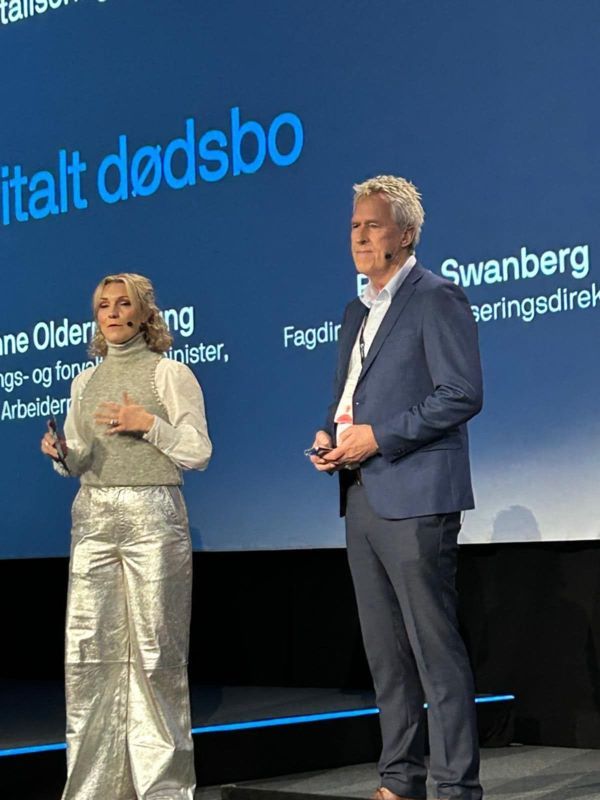Norway’s new Digital Estate service simplifies access to deceased’s assets
Oleh Si Ying Thian
Norwegian Digitalisation Agency (Digdir) is prioritising the life event of death and inheritance to make it easier for loved ones to find and use the services they need.
-1749784783657.jpg)
Norwegian bereaved families could now use Digital Estate (Digitalt dødsbo) to quickly access their deceased loved ones' financial information and accounts. Image: Canva
Norwegian bereaved families would now be able to use Digital Estate (Digitalt dødsbo), a one-stop digital platform, to access their deceased loved ones' financial information and accounts – from their assets to debts.
The Norwegian Digitalisation Agency (Digdir) launched the platform, which is a public-private partnership involving banks and insurance companies.
The platform automatically gathers the deceased’s information from multiple public agencies, such as the court administration, tax administration, public roads administration, public registers, pensions, agriculture agency, and mapping agency.
Examples of information collected included bank account balances and debts, properties, vehicles, pension insurance, tax information, wills, and prenuptial agreements.
Speaking at the launch event for the service on June 12, Norway's Minister of Digitalisation and Public Administration, Karianne Tung, drew attention to the bureaucratic burden and excessive paperwork, that accompany the chaos and grief, that loved ones deal with after a death.
To subscribe to the GovInsider bulletin click here.
User-friendly platform to navigate bureaucracy
“With a user-friendly and simple solution, we are now making it easier for those who are already in a difficult situation after a death,” said Digdir’s Director of Strategy and Business Development, Bredo Swanberg, in a LinkedIn post.
Currently, two district courts in the counties of Søndre Østfold and Buskerud have used the platform and notified the heirs that they have access to it.
By the end of the year, all district courts and heirs throughout Norway will be able to use this platform.
The platform was user-tested around last May and went live for only users with a power of attorney or a probate certificate issued by the district court. Regulations for digital estates were also released last December.
“With all that entails in terms of legal changes, cooperation agreements and technical challenges, the collaboration in this project has been outstanding,” says Swanberg in an official statement.
Focus on death and inheritance event
Since 2020, Digdir has focused on developing digital solutions for death and inheritance events.
This was revealed during Digdir's response to a question posed by GovInsider in a previous webinar which was jointly hosted by the government technology agencies of Norway, Sweden, and Finland.

Digdir highlighted the value of digitalisation and data sharing to simplify complicated analog and paper-based processes for survivors.
“The bereaved may find it difficult to find information about what practical tasks to complete, and many of the tasks are not very coherent,” stated the website.
Aside from the Digital Estate service, the agency is currently working with two counties on a Digital Funeral notice to digitalise the process for bereaved to arrange a funeral, including cremations.
Other initiatives within this life event included working with the tax administration to improve the user-friendliness of its information pages, as well as a project with the health ministry to make it easier to talk about death in Norway.
Norway is also involved in the cross-border collaboration Nordic DigiGov Lab with Finland and Sweden.
According to Nordic DigiGov Lab’s Project Manager, Emma Bohman, Norway’s Digdir was also involved in leading an AI-guidance solution to assist citizens in understanding their rights and benefits in the death and inheritance event, while Finland’s DVV leads automated information exchange system for the same life event, and Sweden’s Digg leads the Trust Model.
